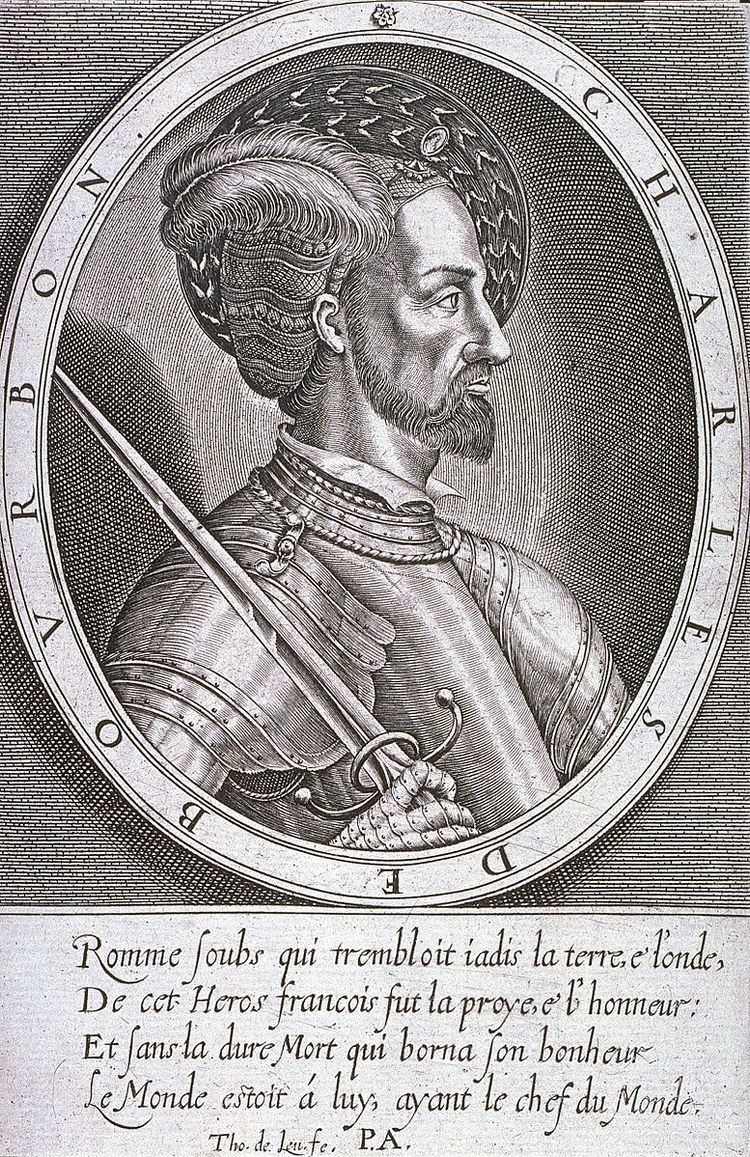Name Thomas Leu | Died 1612, Paris, France | |
 | ||
Thomas de Leu or Leeuw or Le Leup or Deleu (1560–1612) was a French engraver, publisher, and print dealer of Flemish origin.
Contents
Life
He was the son of a print dealer in Oudenaarde and began his career in Antwerp, where he worked for Jean Ditmar (c. 1538 – 1603) and was influenced by the Wierix.
Sometime after 1576 and before 1580 he went to Paris to work for the painter and engraver Jean Rabel (1540/50–1603).
In 1583 he married Marie Caron, daughter of Antoine Caron, one of the principal painters of the Second School of Fontainebleau. Although it has been stated that he was thereby the brother-in-law of the engraver Léonard Gaultier, this is probably not the case.
In the Wars of Religion he managed to switch from the side of the Catholic League to that of Henry IV. As a result, he became enormously wealthy, running a highly productive workshop and publishing numerous prints by other artists. His apprentices included Jacques Honnervogt (fl 1608–1635) and Melchior Tavernier (c. 1564 – 1641).
In 1605 he married Charlotte Bothereau. His daughter Charlotte married Claude Vignon. He died in Paris.
Work
His first dated engraving is Justice (1579; Linzeler no. 57). He produced more than 300 plates of portraiture, including one of Catherine de' Medici (Linzeler no. 255), and many engravings on religious subjects, such as Christ in Blessing (1598; Linzeler no. 7) and a set of 25 plates depicting The Life of Saint Francis. He also provided illustrations for books.
As one of the most important engravers of his time, de Leu's pieces are highly sought after. Other famous subjects include Claude de Sainctes, Jacques of Savoy, several plants for Mattias de Lobel's Plantarum Seu Stirpium Icones, Sir Francis Drake, and, interestingly enough, himself.
Of the engravings from the period, the plate for his self-portrait is by far the most sought-after, as only a few prints of the portrait exist, likely given as gifts to family members and close friends originally, and the existence of the plate has apparently never been acknowledged. Many enthusiasts of sixteenth-century engraving have speculated as to where the plate is, and in such circles questions of its location/ownership can go on for hours, generating wild conspiracy stories and even hypotheses about now-unknown printing methods used by De Leu.
